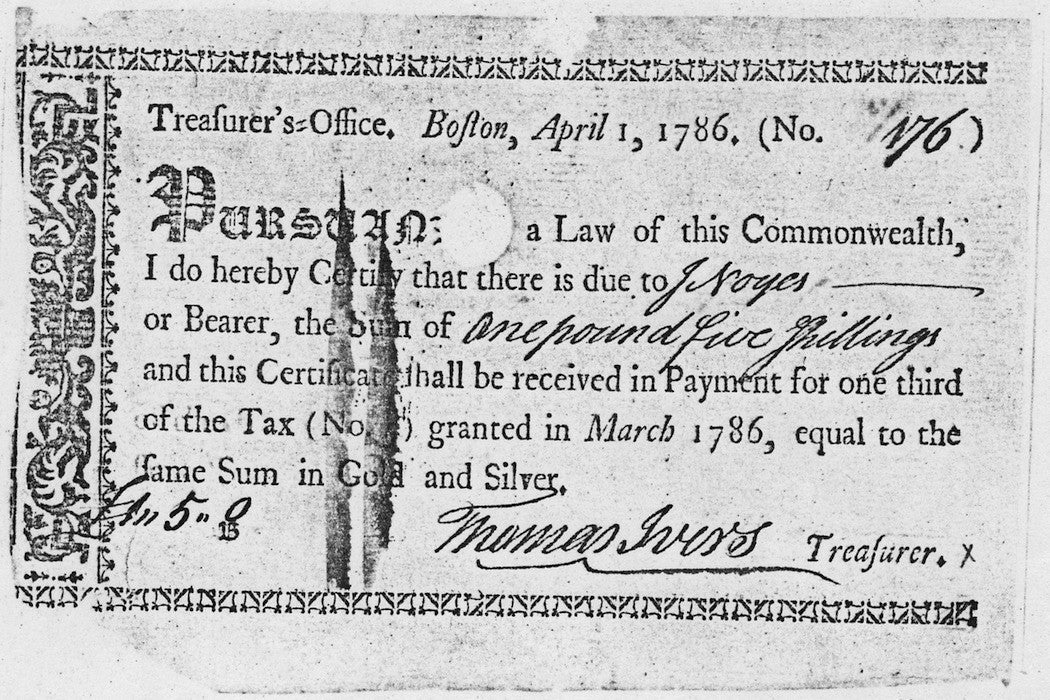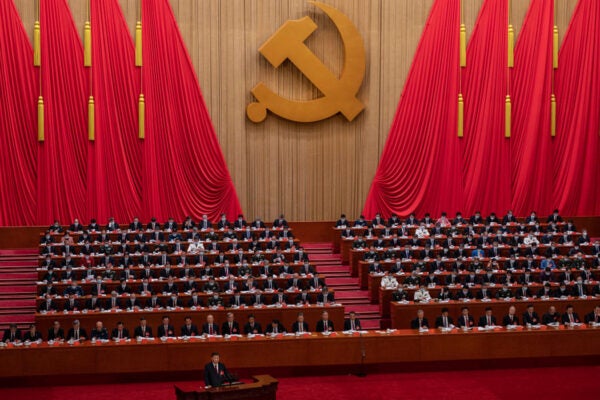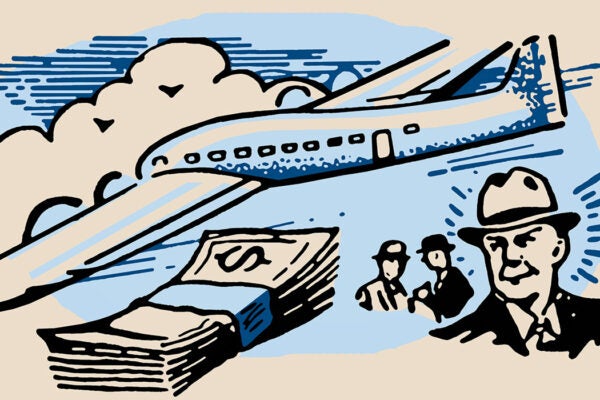Donald Trump came under fire when conservative analysts declared that his tax plan would raise the deficit by $12 trillion, a number most of us struggle trying to envision. Hillary Clinton has been pilloried from both right and left for her ideas on how to alleviate student debt. Rand Paul shares his conspiracy theories about the Federal Reserve with anyone who will listen.
It’s presidential election season again, and you’ll continue to hear a lot of talk about the deficit, the debt, and our financial system. You won’t, however, hear much background on any of these issues.
Where, for example, did the debt ceiling come from? Why does our banking system work the way it does? For that matter, how does our banking system work? What is the value of our dollar based on, and why? Certain aspects of American history are well known (most of us, having more or less survived eleventh grade, could explain why the Civil War happened). Yet, for a majority of people, our monetary history remains hopelessly obscure.
Most public discussions of this subject are myopic. Paul and his supporters claim that the gold standard we had in the 19th century worked much better than our system today. They deride the Federal Reserve without explaining what it does and why they don’t like it (dismissively spitting the words “printing money” is not quite an explanation).
In some ways, though, Rand Paul (like his father, Ron Paul) is carrying on a better conversation than other politicians are—he at least wants to discuss how money works. Most politicians and pundits take even smaller bits of history out of context, often seeking to justify their current political objectives. The Republican Party’s 2012 platform expresses many of the same currency ideas as Paul with even less historical explanation (they briefly bemoan Reagan’s decision not to go back on the gold standard).
This column, Treasury Notes, will provide that missing context for our current discussions of money. Why, for example, did the United States establish a central bank in 1913? Why then? How did the time of its foundation affect how American money worked? We live with the consequences of these historical events in the present. Exploring this history helps us understand how the Federal Reserve works today, for example, and maybe how it could work better or differently.
In my next post, I’m going to start from the beginning: the American Revolution. As I’ll show, what money was and whether the colonies had the right to make decisions about their own currency were major political questions that ended up being answered in the course of financing the Revolution and writing the Constitution. In turn, these early Constitutional discussions of money influenced the course of this country’s history in ways that people don’t fully comprehend.
Donald Trump and Hillary Clinton—and even, despite his monetary preoccupations, Rand Paul—don’t talk much about this history. But they, and we, have been profoundly shaped by it.







